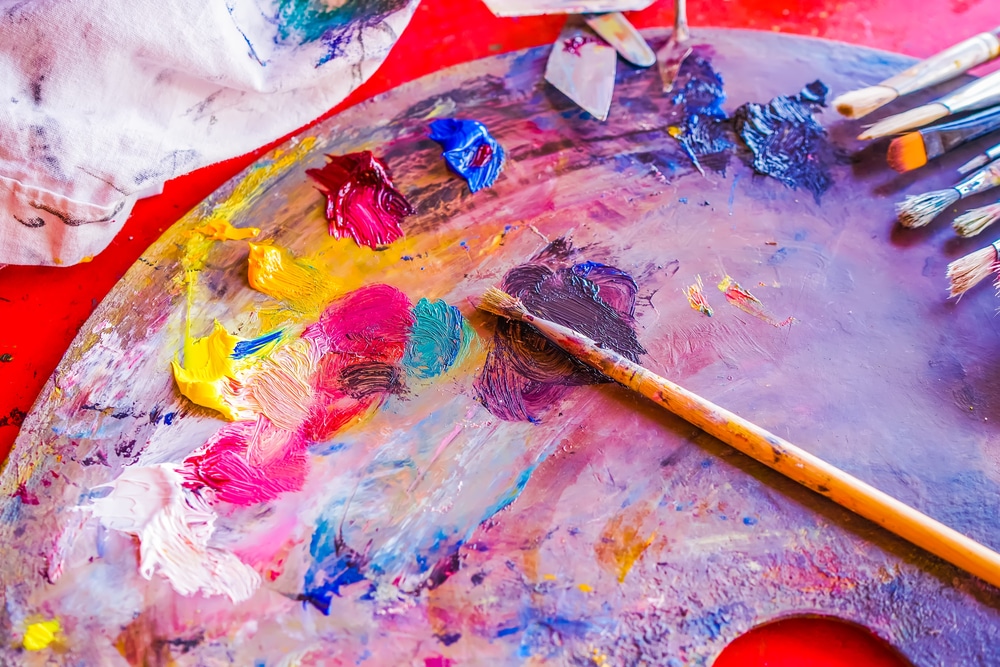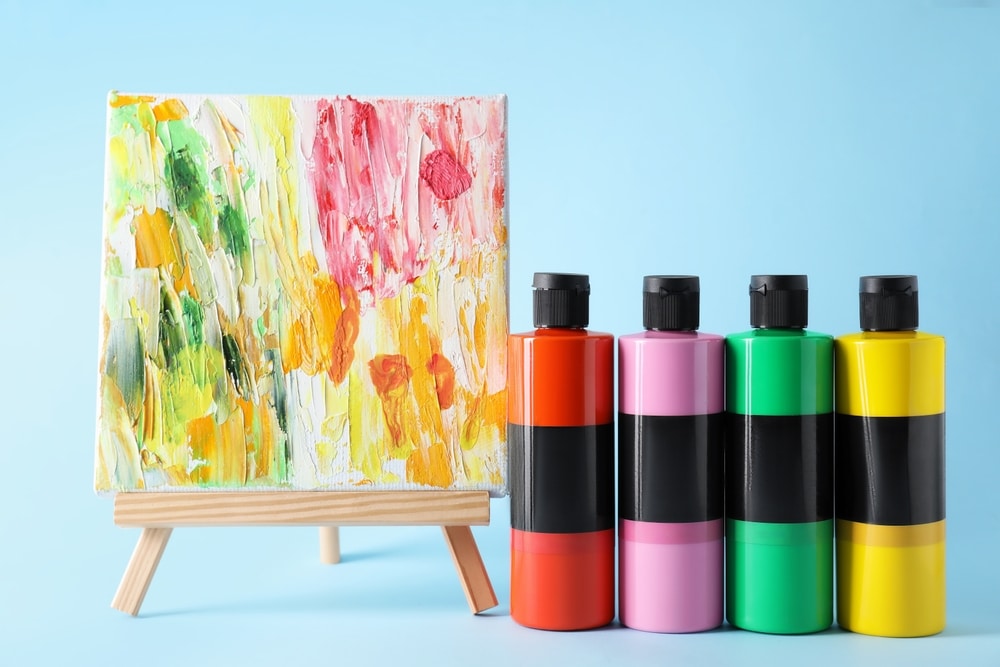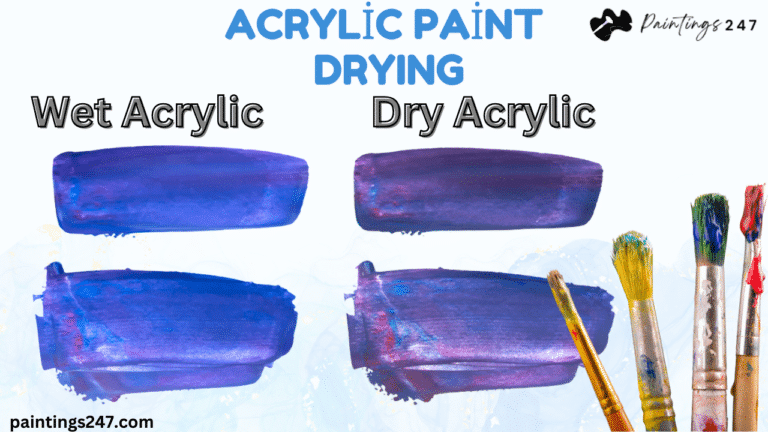Ever found yourself eagerly waiting for your acrylic masterpiece to dry, only to wonder if you can safely add that next stroke or final touch? Acrylic paint is beloved for its versatility and quick drying time, but how fast it dries isn’t always straightforward. Whether you’re creating delicate layers or bold impasto textures, the drying process can make or break your artistic flow. In this guide, we’ll explore the acrylic paint dry time, reveal what impacts it, and share clever tips to speed it up or slow it down so you can take control of your creative journey.
How Long Does Acrylic Paint Take to Dry?
 On average, a thin layer of acrylic paints will be dry to the touch within 30 minutes, depending on environmental factors. However, the full drying process extends beyond this, as it takes a few days to weeks for the paint to be fully cured. The drying times of acrylics vary depending on the thickness of the layers of paint and the techniques used.
On average, a thin layer of acrylic paints will be dry to the touch within 30 minutes, depending on environmental factors. However, the full drying process extends beyond this, as it takes a few days to weeks for the paint to be fully cured. The drying times of acrylics vary depending on the thickness of the layers of paint and the techniques used.
Thin Layers vs. Thick Layers
- Thin layers of acrylic paint dry faster, often within 10 to 20 minutes.
- Thicker layers or impasto techniques may take several hours or even days to fully dry.
Type of Acrylic Paint
- Student-grade acrylics dry faster due to their lighter consistency.
- Heavy-body acrylics take longer because they are thicker.
- Open acrylics are specifically designed to remain wet for longer periods, often staying workable for several hours.
Surface or Substrate
Like other factors, the nature of the substrate also affects the acrylic paint drying time
- Porous surfaces like canvas or paper tend to absorb moisture, speeding up drying.
- Non-porous surfaces like plastic or glass prolong drying time.
Environmental Conditions
- Humidity: High humidity slows down drying.
- Temperature: Warm environments speed up the process, while cold environments slow it.
- Air circulation: A fan or open window can hasten drying by increasing airflow.
Stages of Acrylic Paint Drying
Acrylic paint undergoes two distinct drying stages:
Surface Drying
The paint feels dry to the touch, typically within 10–30 minutes. At this stage, the outer layer forms a skin, but the paint underneath may still be wet.
Curing
Curing is the process of paint fully hardening. This can take anywhere from 24 hours to a few weeks, depending on the thickness of the paint.
How to Speed Up Acrylic Paint Drying Time

If you’re working on a project and need the paint to dry quickly, here are some tips:
Thin Your Layers
Apply thin, even coats instead of heavy layers to ensure faster drying.
Use a Hairdryer
Set the hairdryer to a low heat setting and keep it moving to avoid overheating or cracking the paint.
Improve Airflow
Increase ventilation in your workspace with fans or open windows.
Work in a Warm Environment
Higher temperatures speed up the evaporation of water in acrylic paints.
Use Fast-Drying Mediums
Acrylic mediums designed for quick drying can be mixed with your paint to shorten drying time.
Signs Acrylic Paint Has Fully Dried
It can be challenging to know when acrylic paint is completely dry, especially in thicker applications. Look for these signs:
- The paint is no longer tacky to the touch.
- The surface appears uniform and matte.
- The paint has a hard texture when lightly pressed.
For thick layers, it’s best to wait at least 48–72 hours before applying varnish or additional layers. Explore easy yet intriguing ideas in this blog on acrylic painting ideas for beginners to help you get started on your creative journey.
Conclusion
Understanding the acrylic paint dry time is essential for planning your projects and achieving the best results. While thin layers dry quickly in 10–20 minutes, heavier applications or specific conditions can extend the drying time. By managing environmental factors and using the right techniques, you can control the drying process to suit your artistic needs.
Whether you’re speeding up drying with airflow or slowing it down with retarders, acrylic paint’s adaptability makes it a favorite among artists of all levels.

